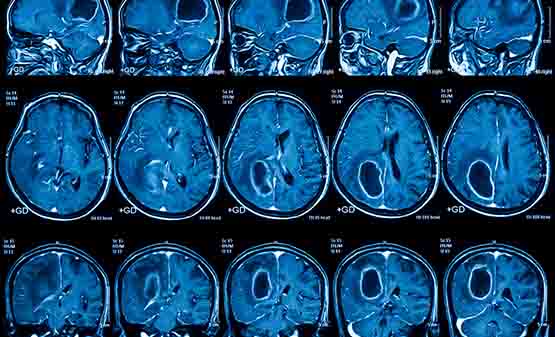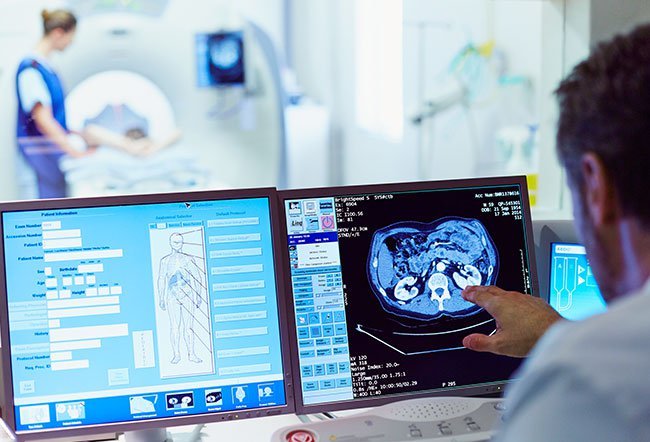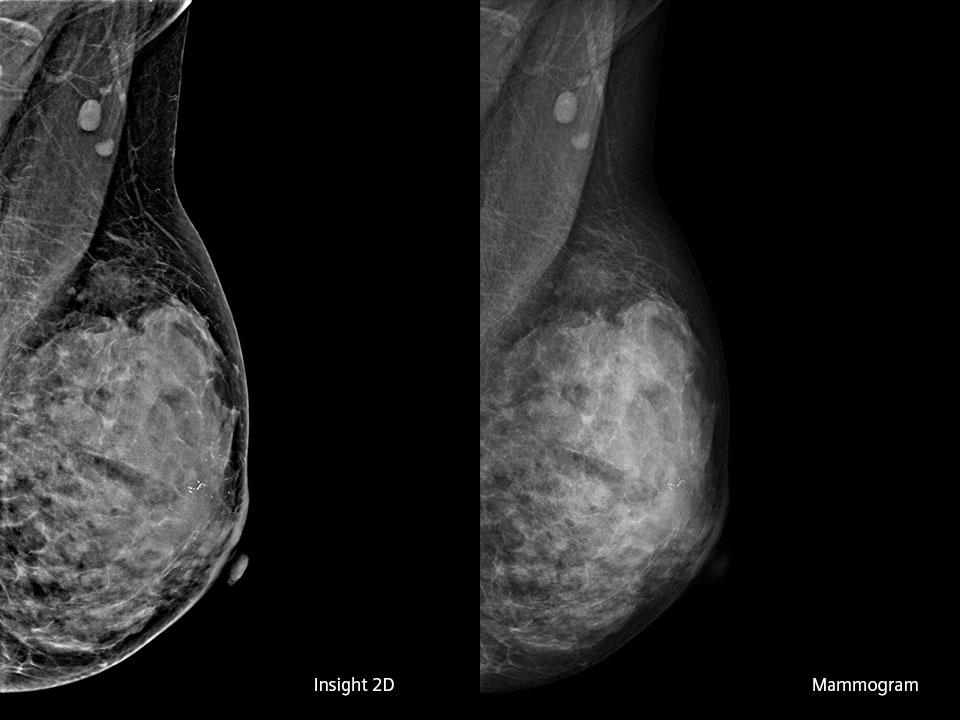Teleradiology Service Provider in India
What is Teleradiology?
Teleradiology is sending radiological images (CT, MRI, X-ray, and mammography) from the location where the imaging is performed, to a remote location where these images are interpreted and reported upon. The reports are sent back to the performing center. The entire process is carried out using special software enabled with data security encryption. This is particularly useful for imaging centres /departments not having inhouse trained Radiologists, overflow workload and second opinions.
MRI (Magnetic Resonance Imaging)
CT (Computerized Tomography)
Digital X-Ray
Mammography
MRI (Magnetic Resonance Imaging)
MRI (Magnetic Resonance Imaging) is a non-invasive scanning procedure
that is
carried out using a very
powerful magnet with radiofrequency waves.It helps get
detailed images
of the internal organs as well as the structure, which then creates a
base for further treatment.
- Brain or spine abnormality
- Tumours, cysts, or any other anomaly in the body
- Diseases related to the liver, or other organs
- Anomalies and diseases related to women, like breast cancer, infertility, fibroids, etc.


CT (Computerized Tomography)
CT (Computerized Tomography) scan is a method of seeing cross-sectional images of the body. Multiple X-rays are taken of a particular body part, to create this cross-sectional image. While it can be likened to an X-Ray, it provides much more information than a usual X-ray image. Bones, soft tissues, as well as blood vessels can be studied.
CT scan is primarily recommended in the following situations:
- Location and extent of tumours and masses
- Extent and details of any internal injuries
- Diagnosis of disorders, diseases, and fractures
- Guide surgical procedures and biopsies
- Gauge effectiveness of treatment of cancer and some other specific conditions
Digital X-Ray
used, which are said to produce less radiation while giving you an enhanced image as
compared to the traditional method. Since the images can be seen immediately, it is also
time-efficient. An X-ray is primarily recommended in the following situations:
- A fracture
- An abnormal lung condition or disease
- Other abnormalities that require another view


Mammography
Mammography is actually a type of an X-ray. X-rays with low energy are used to examine the breast soft tissue. These studies primarily focus on detecting breast cancer.
